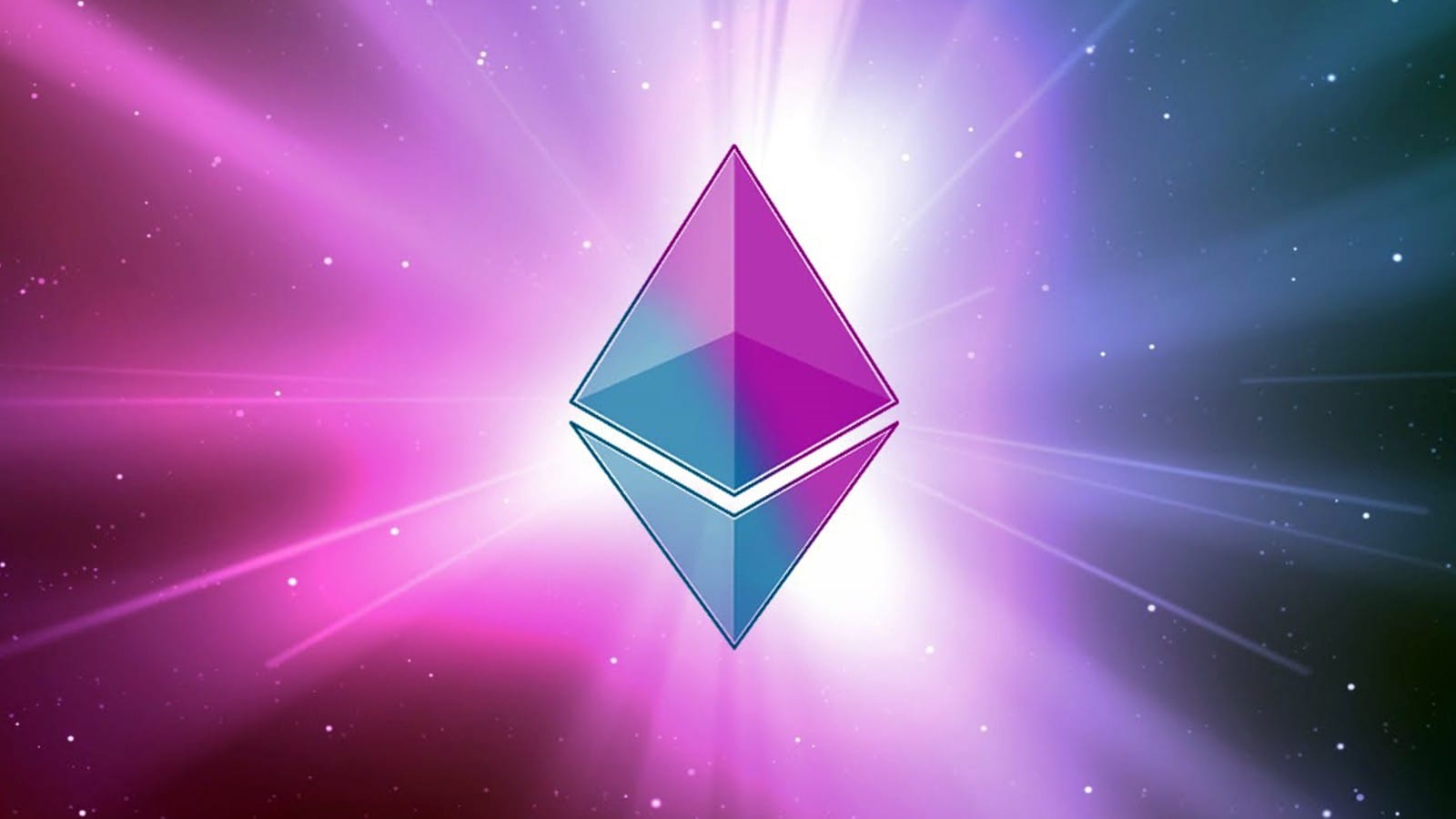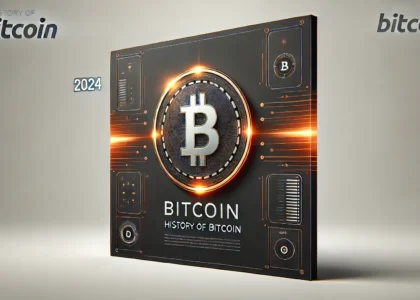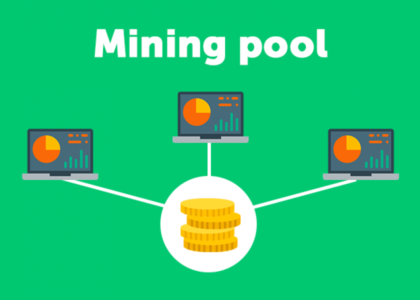The Ethereum update is scheduled for block 7,280,000, which can be expected in just a few hours. The countdown timer is at this link , and the real-time network update is at this link.
Constantinople and St. Petersburg – what is it?
These are the names of updates aimed at network modernization. This is one upgrade that has 2 names because the Constantinople network upgrade was initially suspended due to problems found. Therefore, 2 protocol updates need to be made on the same block number to fix problems in different Ethereum test networks.
What should Ethereum owners do?
If you use the services of cryptocurrency exchanges (Binance, Poloniex), software wallets (My Ether Wallet) or hardware wallets (Trezor, Ledger), you do not need to make any decisions. You should take any action only if you receive a notification from the exchange or your wallet provider.
Actions of node operators and traders
Download the latest version of the ether client:
- Latest geth client (v1.8.23);
- The latest Parity client (v2.2.10-stable);
- The latest Harmony client (v2.3 Build 74);
- The latest Pantheon client (v0.9.1);
- The latest EthereumJS client (v2.6.0);
- The latest version of the Nethermind client (v0.9.4);
- The latest version of Ethereum Wallet/Mist (v0.11.1).
What happens if you do not participate in the update?
If you are using an Ethereum client that has not been updated to the latest version, your client can connect to the blockchain until it is fully updated. Immediately after that, you will no longer be able to send ethereum or perform any actions on the network, as you will be in an incompatible chain with the old rules.
Ethereum network update – what does it mean?
This is a change in the main Ethereum protocol, as well as the creation of updated rules in order to improve the system itself. The blockchain is decentralized, which makes network updates much more difficult, as it requires regular cooperation with the community and developers of various ether clients.
Network updates – what is really happening?
Once the community has agreed on which variables should be included in the update, changes to the protocol are recorded in various ether clients (Harmony, Parity, Geth). They are activated under a specific block number. All unupdated nodes will remain in the old chain.
What are the Constantinoplechanges ?
The implemented changes are determined by the EIP (Ethereum Improvement Proposals). They describe the platform standards, namely: the specifications of the underlying protocol, the API of the client base, and contracts. Constantinople will now support EIP 145, EIP 1014, EIP 1052, and EIP 1234.
St. Petersburg changes are available
Before updating the air in the main network, test networks (e.g. Ropsten) must also be updated for verification. Constantinople was originally required in the test networks before the hard fork was migrated. For this reason, a second update is required to move to the main version. This update is called St.Petersburg and is activated under the same block number as Constantinople. The St. Petersburg update is able to remove EIP 1283 from the test networks.








Feedback (0)
Leave a review